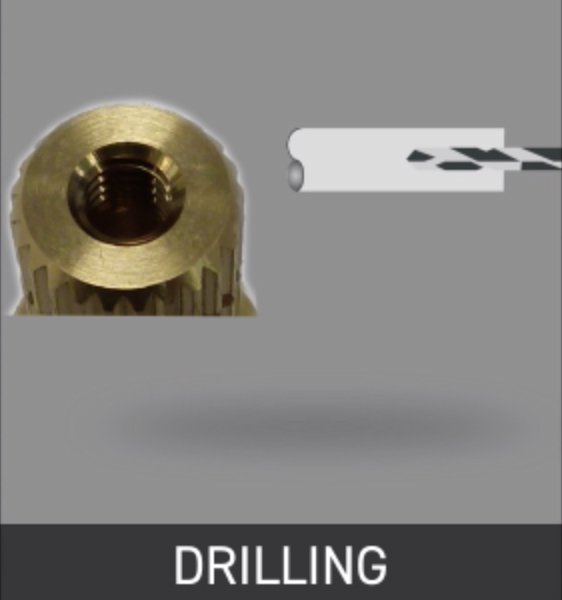
Drilling
Specialisations: Drilling
Drilling creates a round hole in a workpiece. A drill press or tapping machine is designed for drilling, but this process can also be performed using a milling machine. Chips are the bits of waste metal produced when machining a workpiece. The shape of the drill bit helps chips fall away from the workpiece, keeping the workpiece free of debris.
Placing the drill bit perpendicular to the workpiece reduces drifting or leading-off. For even more precision, a center drill operation is often added before drilling. Some drilling operations need angular drilling. Angular drilling requires special work-holding tooling. Other options include: rotation of the head on a manual machine or use of multiple axis’ on a CNC machine. Like with turning operations, different drill bits exist for specific drilling operations.
Spotting Drills – short drills used to create shallow or pilot holes. If using a longer drill for these shallow holes it could have a tendency to drift. Peck Drilling – frequent retracting of the drill helps to clear chips from the workpiece and prevent drifting. Screw Machine Drills – these drills are short and can create straight and accurate holes without the need for prior spotting. Chucking Reamers – used to enlarge previously drilled holes to very precise diameters.
Request a quoteGet In Touch
Qualiturn Products Limited
7 Fountain Drive
Hertford
SG13 7UB
tel. +44 (0) 1992 584499
email. info@qualiturn.co.uk


